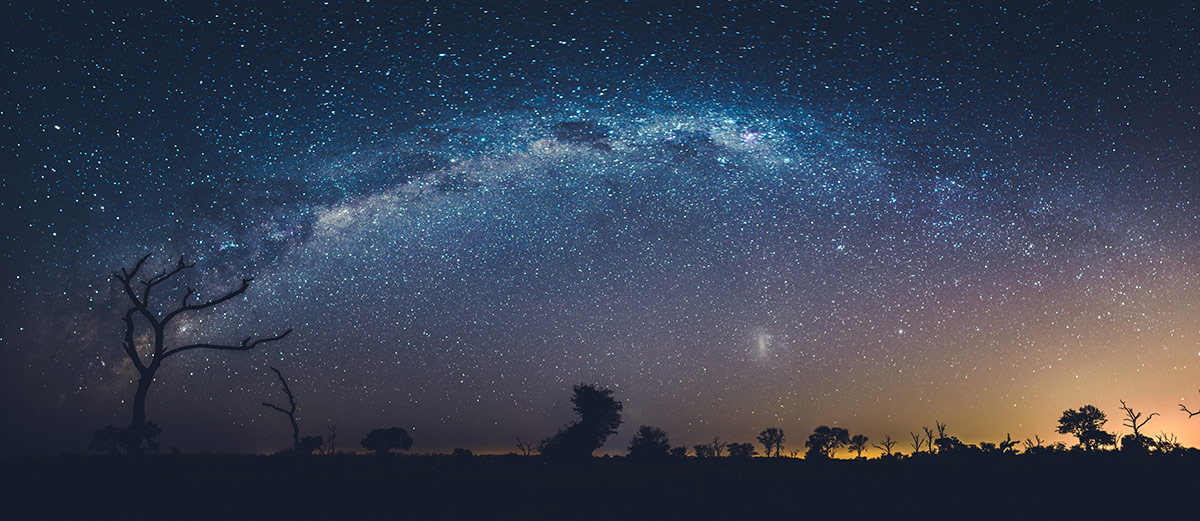The vast expanse of the night skies
on Aug 31, 2017Winter in the bushveld has been a time of clear blue skies, cool evenings and misty mornings, with spectacular sunrises and sunsets. The intense bright pinks, crimson reds and ambers are the result of the scattering of light particles, and were a feast for the eyes in the southern winter months of May to August. This is also the best season for observing the host of constellations that rotate through our hemisphere during the coldest months of the year.
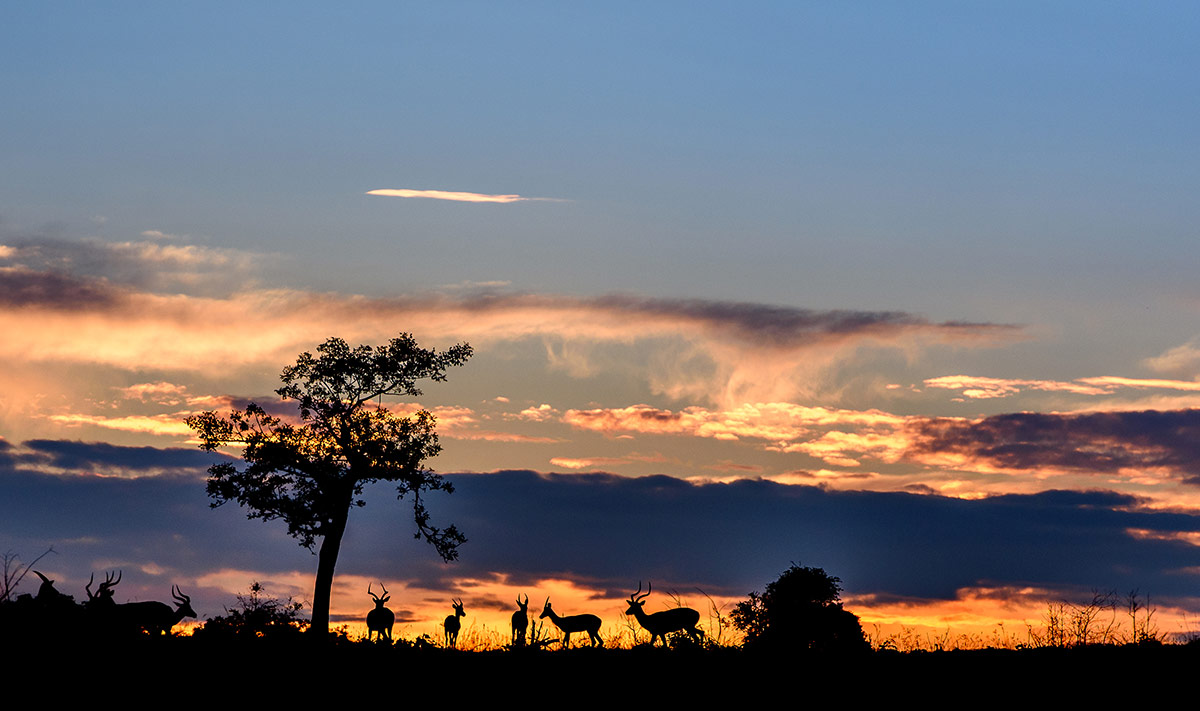
The movement of stars and planets has fascinated people for thousands of years. Sabi Sabi provides the perfect setting, a place where skies, unpolluted by the brightness of city or town lights, afford an ideal opportunity to marvel at nature’s night-time display.
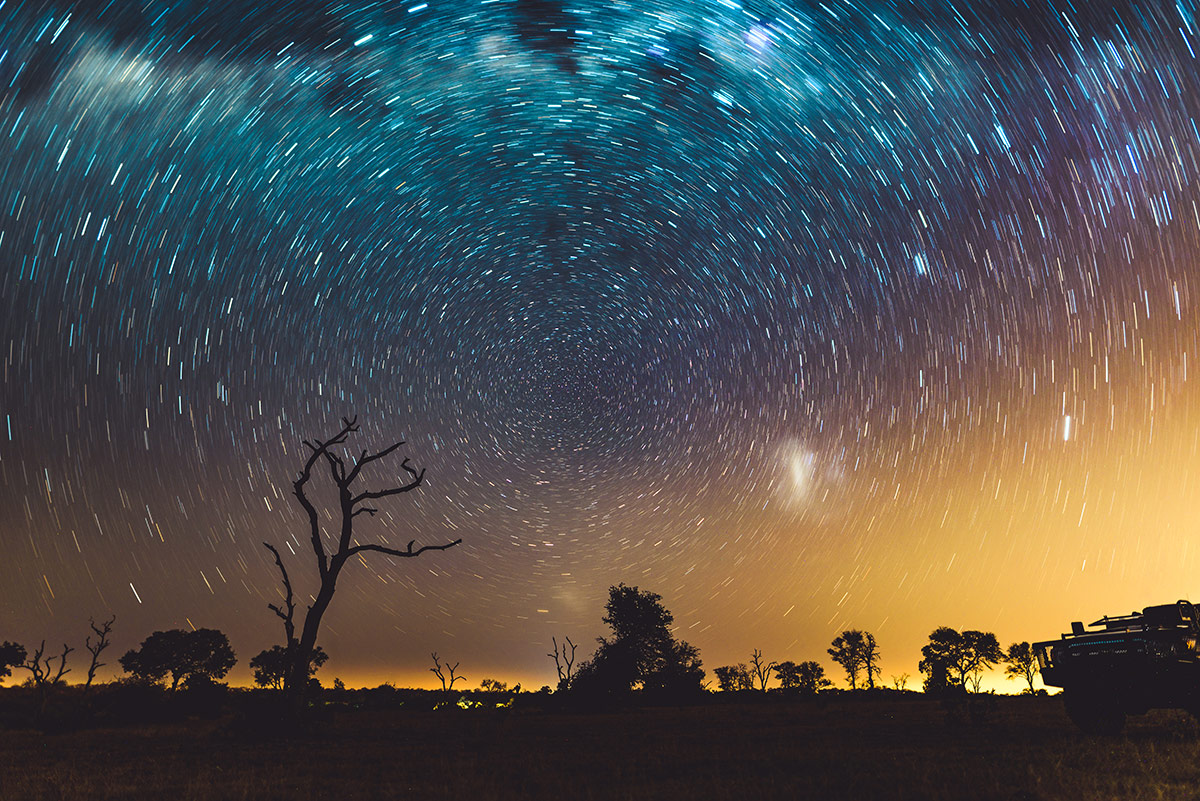
The season began with Sirius, Procyon and Canopus (the 2nd brightest star, approximately 80 000 times brighter than our Sun) dominating the entire sky near the meridian. The graceful curve of the Milky Way (said to contain some 100 000 million stars) passes between them from north to south. Taurus, Orion and Gemini set in the west, and Leo moves in to become the dominant northern constellation.
The extensive constellation of Scorpio, only ever partially observable in the northern hemisphere, is fully visible in the southern hemisphere. It dominates the southern sky with its long tail. Scorpio’s bright red and enormous alpha star Antares, which sits just where the scorpion’s heart should be, is the 15th brightest star. It is so big that our entire solar system up to the orbit of Jupiter would fit into it.
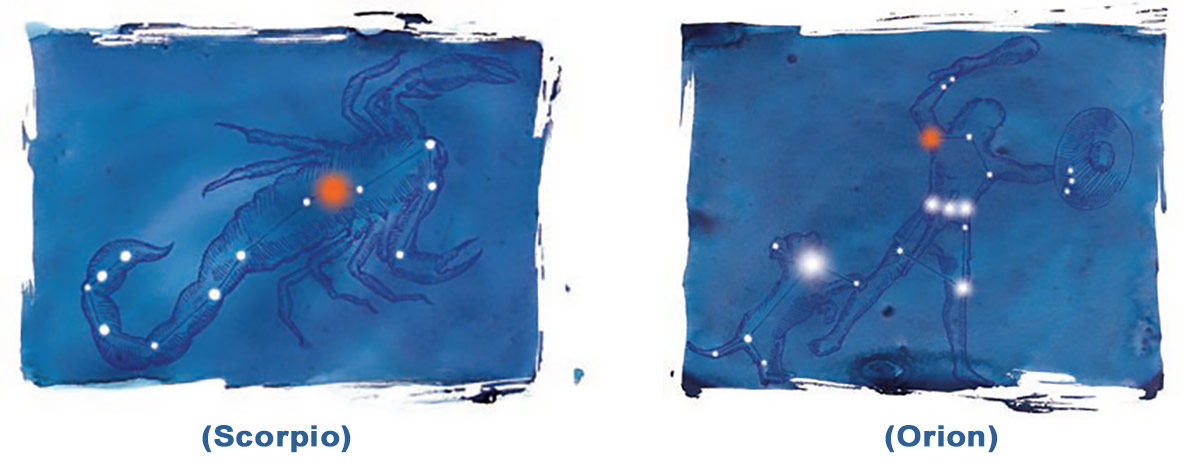
On a moonless night, the millions of blazing stars lighting up a canopy of ink are breath-taking in their brilliance. Our highly trained guides make the sky come alive on an evening safari, as they assist guests to locate and identify all the visible stars and planets, providing vivid descriptions of the myths and legends that the constellations have inspired for millennia. In the dark, the scale and magnitude of the sky is unimaginable and certain constellations and the magnificent Milky Way can been viewed with the naked eye. Or, as part of the evening safari – and for a more magnified view of the heavens - guests are treated to steaming, spicy Glühwein whilst having the chance of tracking difficult to see planets or stars with Sabi Sabi’s fantastic new telescope – an amazing piece of equipment which uses a technologically advanced GPS system to track stars, constellations and planets, bringing them to life and allowing the onlooker to view parts of our infinite universe that would otherwise not be visible.
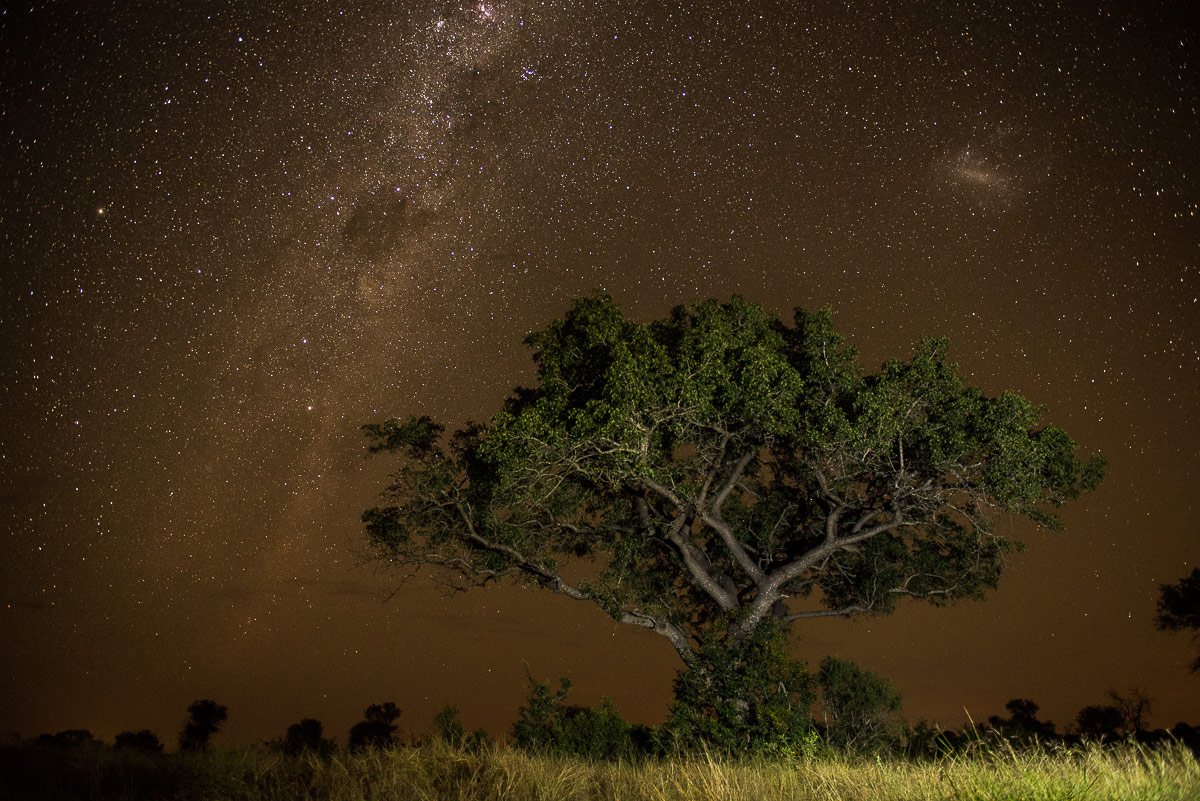
Ancient observers imagined star patterns to be mythical forms of deities, animals and tools; and folklore gradually evolved around these groupings or constellations. Today, they still provide reference points for understanding the changing procession of celestial objects as the earth rotates through the seasons.
However you view the beauty of the night sky, when gazing up at a vast expanse that is so boundless, one cannot but feel a sense of awe, a possibility that somewhere out there is something much greater than ourselves.
